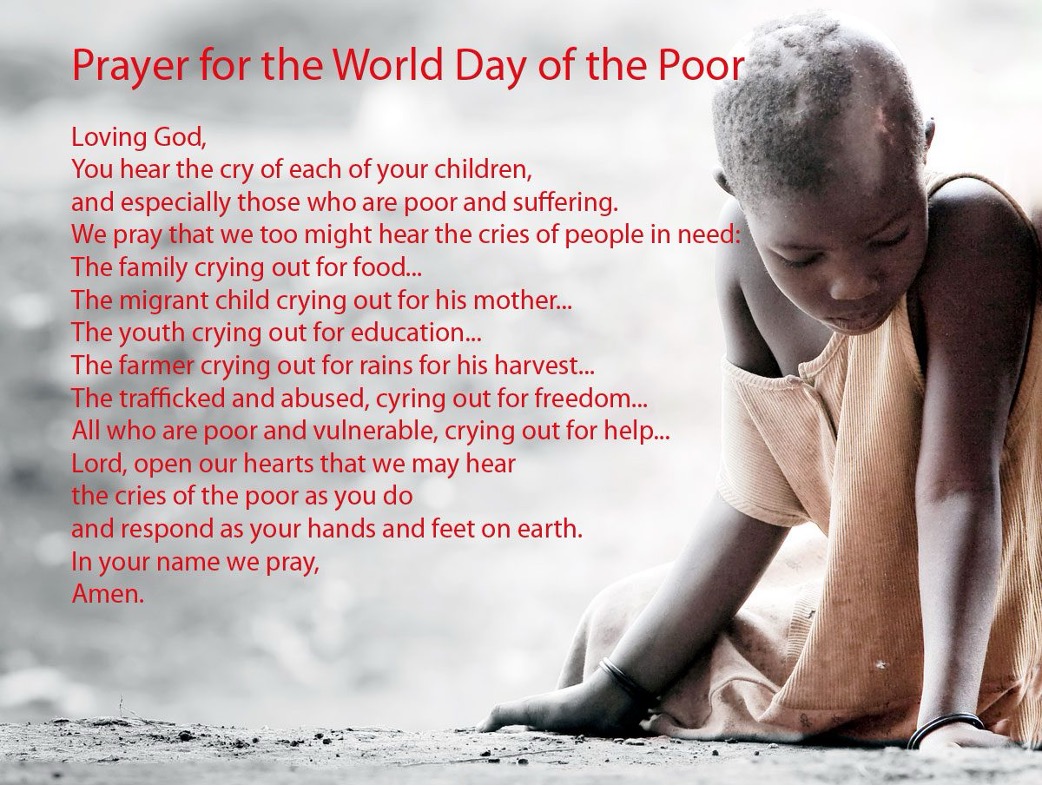No Results Found
The page you requested could not be found. Try refining your search, or use the navigation above to locate the post.


Almighty and everlasting God: Increase in us your gift of faith that, forsaking what lies behind, we may run the way of your commandments and win the crown of everlasting joy; through Jesus Christ our Lord.
Deteronomy 30:19- I call heaven and earth to witness against you today that I have set before you life and death, blessings and curses. Choose life.
But most of them didn’t. And haven’t, through the ages.
A parable of a vineyard:
First, a rejected messenger – tortured.
Then, several servants are sent to repeat the message – they are beaten and stoned.
In the end, the owners Son himself goes, is killed and his inheritance stolen.
The result: the owner of the vineyard demands the life of the treacherous workers, and brings in those who will be honest and do his bidding.
A brief History of God in the World:
First, a chosen people – messengers who prophesied Messiah and then the people, apart from a few, nonetheless refused to accept Him when He came.
Followed by a ‘Christian’ society – which initially believed, but has now become self-centred, greedy and secularised. People pay lip service only to the Gospel they have heard, and reject those who daily aspire to live that truth. All He asks is repentance, humility and love. But it seems that it ‘costs’ too much…
Now, He sees an economically – and therefore unbalanced – society, with a minority in the ‘rich North’ who are unspeakably wealthy and a majority in the ‘poor South’ living in abject poverty. Yet it is by those where He is increasingly made welcome, and where His Church experiences unprecedented growth.
Throughout the centuries, God offers a gift being able to choose life and starting again, but when continually refused, He shakes the dust off His sandals and moves on. Could you blame Him, then, if He turns His blessing to the poor? And asks us to do the same – to give them the support they need to choose life?

Previous Posts
The page you requested could not be found. Try refining your search, or use the navigation above to locate the post.


Almighty God, you have made us for yourself, and our hearts are restless till they find their rest in you: Teach us to offer ourselves to your service, that here we may have your peace, and in the world to come may see you face to face;
through Jesus Christ our Lord.
Apparently, the phrase ‘All mouth and no trousers’ is local to the North of England, where I grew up. It means a person who talks a lot but never does anything.
Jesus doesn’t use the phrase – but the example He gives means the same. The ‘dutiful’ son says he will do the bidding of his father but doesn’t – the ‘rebellious’ son says he won’t but does. One son talks the talk; the other walks the walk.
The religious and political hierarchy try to trip Jesus by questioning His authority to teach and heal, hoping that He will blaspheme by claiming God’s authority. In return, He asks them a question they can’t answer without putting themselves at risk of their own authority being undermined – and they dare notrisk being seen as the frauds they are. It might cause them to have to put their words into action.
As in so many cases, Jesus sees through their motives for trying to trick Him and uses a story to reply to His accusers. The chief priests and Temple elderslead ‘blameless ‘ lives (yeah, right..) and use sophisticated theological argument to discuss the prophecy of Messiah and the return of Elijah, but refuse to accept John or Jesus as it’s fulfilment; the people at the lowest of the hierarchy, the tax collectors and prostitutes, might not lead ‘Holy’ lives, but recognise and accept Jesus for who He is – the way, the truth and the life. He is the one promised – the choice is to repent and do His bidding or refuse it. The reward for accepting Him is the joy of knowing freedom, and then to accept His command to work in the vineyard, to feed His lambs – not with empty words, but with deeds. In the final analysis, it is ordinary people, not religious or political leaders, who will bring His Kingdom come.
Previous Posts
The page you requested could not be found. Try refining your search, or use the navigation above to locate the post.


Doesn’t seem fair, does it? We’re taught that hard work brings its rewards – and it does. The ones who worked all day go the reward they had agreed that morning – and no doubt they were delighted to be offered work for the whole day. Then at the day’s end, they saw the last workers being paid and thought they would get more. But they didn’t, and felt they were victims of injustice.
There are people who as young people confessed Jesus as Christ and Lord and gave their whole lives to His mission, often at great personal sacrifice. They will certainly receive their promised reward of a welcome into the Kingdom of Heaven. There are those who spent their lives without Him, and who only came to faith at the end of their lives. They too will share in that Kingdom.
Is God unjust to receive them? Should the latter group endure some form of purgatory – a sort of halfway house between earth and heaven – with a duration commensurate to the length of their secular lives? It would seem to be only fair.
Unfortunately for those who think so – and thankfully for sinners, that’s not what the Gospel says.
One of the criminals crucified next to Him asked Jesus to remember him when He comes into His Kingdom. Jesus replied, ‘Truly I tell you, today you will be with me in Paradise.’
Luke 23:42,43
Heavenly Father, help us to work to accomplish your will for us according to our individual gifts without comparing ourselves to others. Help us to acknowledge our own failures and avoid condemning others for theirs. And to know that the only reward we must seek is the knowledge that we do your will.
Teach us, good Lord,
To serve thee as thou deservest;
To give and not to count the cost;
To fight and not to heed the wounds;
To toil and not for seek for rest;
To labour and not to ask for any reward
Save that of knowing that we do thy will.
St Ignatius Loyola
Previous Posts
The page you requested could not be found. Try refining your search, or use the navigation above to locate the post.


Forgiveness. Easy word to say. Harder in practice, but not quite in the way you would expect.
Academic Psychologists generally define forgiveness as a conscious, deliberate decision to release feelings of resentment or vengeance toward a person or group who has harmed you, regardless of whether they actually deserve your forgiveness.
The first slave was forgiven – but refused to forgive in turn, and that gives us a clue into the human condition. It’s not forgiving that is difficult – it’s being forgiven that is the real problem.
If I forgive someone, that’s an end to it, whether they accept their fault or they don’t. I can move on. But being forgiven – that’s difficult. If I don’t accept that I did something wrong, then to accept forgiveness would make it appear that I agree that I did. So you can take your sanctimonious forgiveness and stuff it.
Or, if I do believe I was wrong, do I really trust the person who forgives me – or will they resurrect the issue in the future? In which case am I right in thinking that their forgiveness was insincere and had strings attached?
It gets even more complicated when there are third parties involved, or when the issue is historical. Have I the right to express remorse on behalf on someone else? In turn, can I accept forgiveness from someone who was not party to the fault?
Difficult to understand, all this, and the debate will continue, questions unresolved. In the meanwhile, as a working hypothesis, I shan’t worry about the consequences of my forgiving others, I should just do it anyway. And if someone else feels that I have hurt them and forgives me, I should accept with a good grace.
And when it comes down to it, I will always need forgiveness – as do we all. For all of us have sinned and fallen short. But I know that when I confess it, I can completely trust the One who forgives and redeems me. And He expects me to do the same in turn – not just to say the words, but to mean them.
…forgive us our trespasses, as we forgive those who trespass against us…
Previous Posts
The page you requested could not be found. Try refining your search, or use the navigation above to locate the post.



This picture by the Victorian artist W. H.Trood, always reminds me of Church Council meetings. Can’t imagine why…
It’s a measure of just how well Jesus understands human behaviour that He finds it necessary to teach about resolution of disputes, even among the fellowship. Worse, and sad to say, it’s quite often that this Gospel teaching (which is clearly about addressing sin and subsequent reconciliation) is used instead as a means of exerting discipline in church congregations when there has been disagreement and argument, especially by those in leadership positions who don’t like their authority questioned. It is deployed – wrongly – as a Scripturally-based multiple step approach to getting one’s own way and suppressing disagreement.
The way it goes is this. If someone doesn’t agree with you:
Step 1 – Take him or her on one side and ‘in love’ tell them they are wrong.
Step 2 – If that fails, get a couple of people who will take your side of the argument, and again ‘in love’, tell him or her they are wrong.
Step 3 – And if that doesn’t work, claim your authority to insist the whole church should fall into line in agreement with you, and then tell ‘the transgressor’ in public how wrong they are – of course, still ‘in love’.
Step 4 – Boot them out of the fellowship and treat them as you treat dogs.
Which is not what Jesus is saying at all. The steps Jesus suggests are ways of making sure that actually you’re not the one holding the wrong end of the stick. At each level, there is a need to test and validate your belief by eliciting the opinion of others, all the while being conscious of your own fallibility. Certainly, the other person may be wrong – but so could you be. Never forget that just because someone dances to a different drum than yours, they must inevitably be the one who is in the ‘sinner’.
There’s an even bigger sting in the tail regarding your subsequent action in dealing with ‘sinners’ when all else fails. Jesus tells us to treat our opponent as a Gentile or a Tax collector in the same way He treated them. How? The same way He treats Jews, Greeks, Slaves, Free, Men, Women: as sinners, but still people who He loves enough to die for.
Yes of course we have a responsibility to address sin – but before we criticise others, we need to start with ourselves. Today’s Gospel message is not about condemnation. Rather, it’s about not being the one who casts the first stone.
Previous Posts
The page you requested could not be found. Try refining your search, or use the navigation above to locate the post.


George VI, 3 September 1939, speaking after the Declaration of war
“In this grave hour, perhaps the most fateful in our history, for the second time in the lives of most of us we are at war. Over and over again we have tried to find a peaceful way out of the differences between ourselves and those who are now our enemies. But it has been in vain. The task will be hard. There may be dark days ahead and war is no longer confined to the battlefield.”
… but War has never been confined to the battlefield. It’s never the armed forces alone who will suffer the consequences. Families, communities, civilians, children and generations yet unborn – all of these will feel the long-term effects of conflict. Allegiances will be made and broken, loyalties tested and betrayed.
And the Satan feeds and grows fat on the human pain.
Essentially, I believe that the root cause of all conflict is personal greed; the desire to want more than a neighbour and to exercise power over them. And as a result of the struggle, revenge will feed revenge in an endless cycle through generations. Even though we know that in the end, there can never be a victory through violence. ‘Those who want to save their life will lose it’, said Jesus, but though people hear Him, they don’t actually listen. ‘If your enemies are hungry, feed them; if they are thirsty, give them something to drink’ ??? You’ve got to be joking!!!!
Let there be peace on Earth? We know the answer. I know it begins with me. But I’ll wait until someone else takes the first step. And so the wars will go on.
Previous Posts
The page you requested could not be found. Try refining your search, or use the navigation above to locate the post.